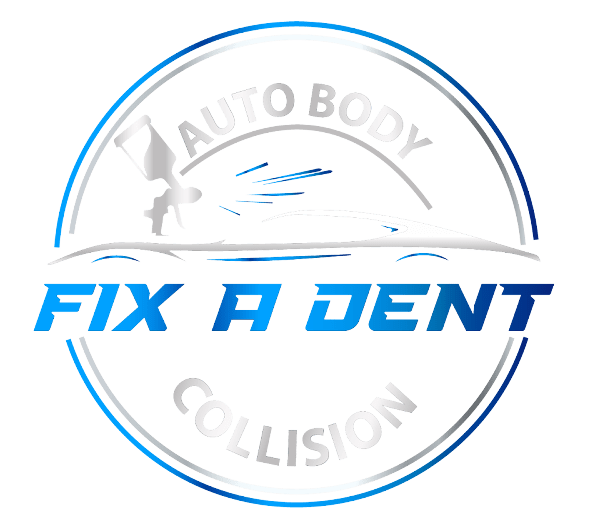Introduction: Collision Repair in 2025
Collision repair in 2025 looks nothing like it did a decade ago. With electric vehicles, AI-driven safety systems, and smart sensors everywhere, repairing a car after an accident requires more advanced technology and specialized knowledge than ever before.
Why Collision Repair Matters More Than Ever
Accidents are still unavoidable. But now, even a small collision can disrupt sensitive systems like sensors, cameras, and battery packs. Repairing them properly ensures both safety and long-term performance.
How Modern Vehicles Changed Collision Repair
Advanced Safety Features
Modern cars come loaded with ADAS (Advanced Driver Assistance Systems) like lane-keeping and emergency braking. Repair shops must recalibrate these systems after every repair.
Electric Vehicles and Repairs
EVs introduced new challenges—especially handling high-voltage batteries safely.
Smart Sensors and AI Diagnostics
Sensors track everything from tire pressure to blind spots. Collision repair now includes scanning and recalibrating these systems.
New Collision Repair Technologies in 2025
3D Printing of Parts
Shops now print replacement parts on-site, reducing wait times and costs.
AI-Powered Damage Assessment
AI tools instantly assess photos of damage, creating faster repair estimates.
Augmented Reality (AR) for Repairs
Technicians wear AR glasses to view repair guides and hidden damage overlays in real-time.
Eco-Friendly Paint Systems
Waterborne paints and low-VOC coatings are now industry standards, protecting both the environment and technicians.
The Rise of Electric Vehicle (EV) Collision Repair
Special Tools and Training
Technicians undergo specialized EV safety training to handle batteries and circuits.
Battery Safety After Collisions
Even minor impacts can damage a battery, requiring thorough inspection and sometimes full replacement.
Higher Costs for EV Repairs
EV repairs are generally more expensive due to complex electronics and parts availability.
Collision Repair and Insurance in 2025
Digital Claim Processing
Most insurance claims are now handled fully online through apps.
Virtual Damage Inspections
Insurers use AI and photo uploads instead of sending adjusters in person.
Faster Payouts with AI
Automation means drivers get approvals and payouts within days, not weeks.
Green Collision Repair Practices
Waterborne Paint Systems
Eco-friendly paints reduce harmful emissions during refinishing.
Recycling Damaged Parts
Shops recycle scrap metal, plastic, and even glass from repairs.
Energy-Efficient Repair Shops
Solar-powered facilities and LED lighting are becoming the norm.
Autonomous Cars and Collision Repair Challenges
Repairing Radar and LiDAR Systems
Fixing self-driving cars involves recalibrating complex sensors.
Recalibration of Self-Driving Tech
ADAS recalibration requires special tools and software licenses.
Higher Repair Costs for Advanced Cars
Luxury autonomous cars have costly repairs, especially when replacing sensors.
How Long Does Collision Repair Take in 2025?
Minor repairs might take a few hours with AI-guided processes, while major structural or EV battery-related repairs can take weeks.
The Cost of Collision Repair in 2025
With advanced tech, repair costs increased. Average repairs range from $1,500 to $7,000, depending on damage severity, vehicle type, and part availability.
Choosing the Right Collision Repair Shop in 2025
Certifications for EV and ADAS Repairs
Always choose shops certified for EVs and advanced driver-assistance systems.
Transparent Pricing Models
Many shops now offer digital estimates and cost breakdowns.
Digital Customer Portals
Customers can track repair progress online in real-time.
DIY Collision Repair vs Professional in 2025
While you can still fix small scratches at home, anything involving electronics, sensors, or EV batteries requires a certified professional.
How Collision Repair Shops Are Adapting
Shops invest in constant training, digital tools, and eco-friendly upgrades to keep up with 2025’s demands.
Future of Collision Repair Beyond 2025
Expect even more AI integration, fully automated repair robots, and increased focus on sustainability.
Conclusion
Collision repair in 2025 isn’t just about fixing dents—it’s about blending technology, safety, and sustainability. With EVs, autonomous vehicles, and AI at the forefront, choosing a skilled, certified shop is more important than ever.
FAQs
1. Are EV collision repairs more expensive than gas cars?
Yes, EV repairs cost more due to high-tech batteries and electronics.
2. Can insurance fully cover EV battery replacement after a collision?
It depends on the policy, but many now include battery coverage.
3. How do repair shops recalibrate ADAS in 2025?
They use specialized calibration machines and software tied to manufacturers.
4. Will 3D printing make collision repair cheaper?
Yes, it cuts costs and wait times by producing parts on-site.
5. Is DIY repair still possible in 2025?
Only for cosmetic issues. Electronics and EV systems require professionals.
